A stepper motor is an electrical motor, as shown in the figure below. The shaft protruding out of the motor is attached to a rotor that rotates following the concept of electromagnetism. This converts electrical energy into mechanical energy. Without the need for any sensor, the angular position of the shaft can be determined accurately by counting the rotation steps. Read More…
At AutomationDirect.com, we specialize in providing a wide range of electric motors and electronic enclosures to meet our customers' diverse needs. Our commitment to excellence drives us to offer top-quality products that deliver superior performance and reliability. With our extensive selection of electric motors, ranging from AC motors to DC motors and everything in between, we empower...
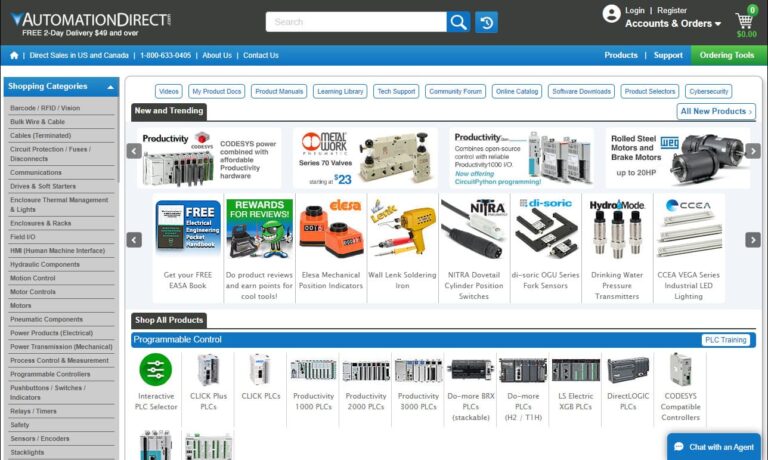
When reliability and power are a must, the universal motors you find at ElectroCraft can operate with high efficiency, low voltage, and at a low cost. Applications that our universal electric motors serve include robotics, packaging, automotive, and medical equipment. Electric motor products include the CompletePower™ Plus Universal Drive, complete with a user-friendly configurable interface....
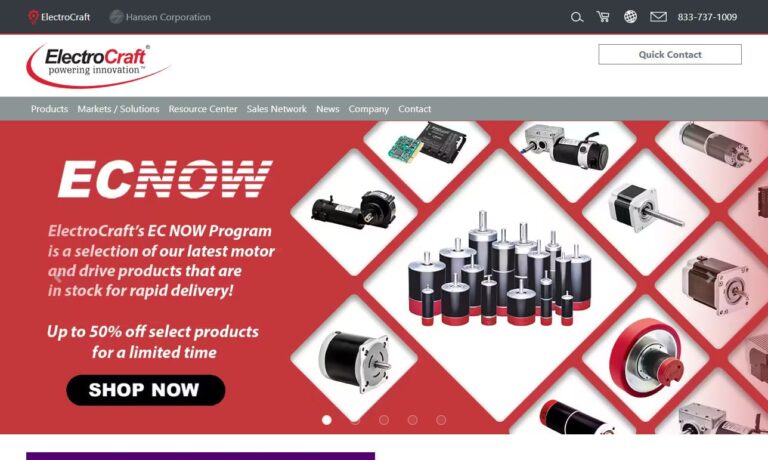
Carter Motor has over 70 years of experience in quality electric motor manufacturing. Some of the motors manufactured include, AC universal motors, small motors, DC universal motors, DC permanent magnet motors, DC shunt wound motors and gearmotors, along with many others. All of our products are designed and assembled in the United States by our dedicated team of engineers.

When you choose Composite Motors, you gain access to a reliable and forward-thinking partner in the realm of fractional horsepower motors. Our products are designed to endure, ensuring that your systems operate at their best for years to come. Join us in embracing the power of innovation and quality, as we continue to shape the future of fractional horsepower motors together.
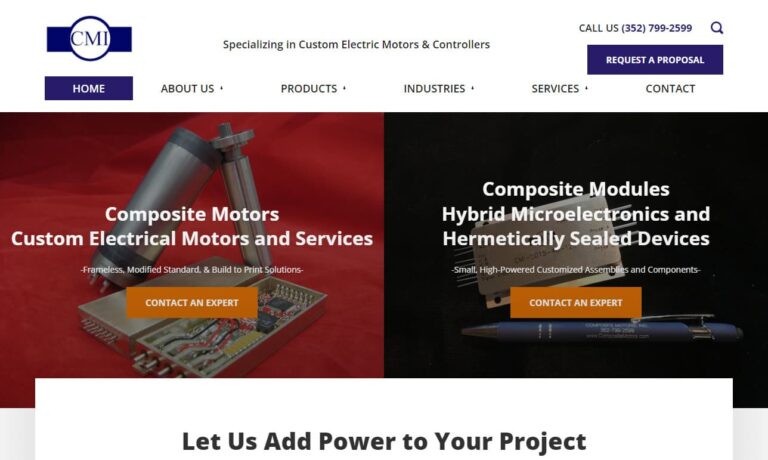
More Stepper Motor Manufacturers
What is a Stepper Motor?
A stepper motor is an electrical motor, as shown in the figure below. The shaft protruding out of the motor is attached to a rotor that rotates following the concept of electromagnetism. This converts electrical energy into mechanical energy. Without the need for any sensor, the angular position of the shaft can be determined accurately by counting the rotation steps.
Steppers motors are available in a variety of sizes and materials to best suit the applications. As the name implies, the stepper divides one full rotation into smaller, equal rotations, also known as steps. This feature enables users to program it into moving only certain degrees hence controlling the motion.
Stepper Motors Operational Theory
Like all electric motors, stepper motors also consist of two main components. One is the stator which is a non-movable part. The other one is a movable part called a rotor. The rotor is usually a permanent magnet. It is encased by a stator. There are bar/teeth like structures on the stator which provide support for the coil, as shown in the figure below.

The stepper motor operates by generating the magnetic field in one of the stators. It is done by supplying electric current through the coil around the stator. The rotor moves towards the charged stator. The alternating current passing through the coil produces a magnetic field around the rotor. As a result, the rotor moves in steps depending on the magnetic field lines produced by the respective stator.
Types of Stepper Motors
The efficiency of stepper motors largely depends on how it's built. The following three types of stepper motors are based on structural differences. The type of rotor used determines the performance here.
Permanent Magnet Stepper Motor
In this type, the rotor is a permanent magnet. It easily lines up with the stator's magnetic force. This change ensures better torque production. Although it provides low speed and low resolution.
Variable Reluctance Stepper Motor
In variable reluctance motors, the rotor used is made up of an iron core. It is shaped to make it easier for the rotor to align with the magnetic field produced by stator bars. Unlike permanent magnet rotors, it produces higher speeds and resolution, but achieving better torque is impossible.
Hybrid Stepper Motor
These kinds of motors combine permanent magent stepper motors and variable reluctance ones. It’s rotor consists of two caps made up of a permanent magnet shaped like a variable reluctance rotor. The mixture of design provides all the qualities and benefits of other motors. It has high speed, better torque, and good resolution. Since it is a hybrid and complex design, it costs more than the other stepper motors.
Benefits of Using Stepper Motors
Some of the benefits of stepper motors include:
- Stepper motors have a cleverly engineered internal structure that enables users to track angular position and rotations without sensors.
- These do not require extra maintenance.
- Unlike DC motors which do not offer good torque at less speed, stepper motors provide better torque even at lower speeds.
- Stepper motors usually are durable and have a long life.
- Precise positioning by stepper motors makes it usable in robotics and automated processes where extreme accuracy is required.
Applications of Stepper Motors
Stepper motors are different in their utilizations, yet probably the most widely recognized uses include:
- 3D printing equipment
- Textile machines
- Printing presses
- Gaming machines
- Medical imaging machinery
- Small robotics
- CNC milling machines
- Welding equipment

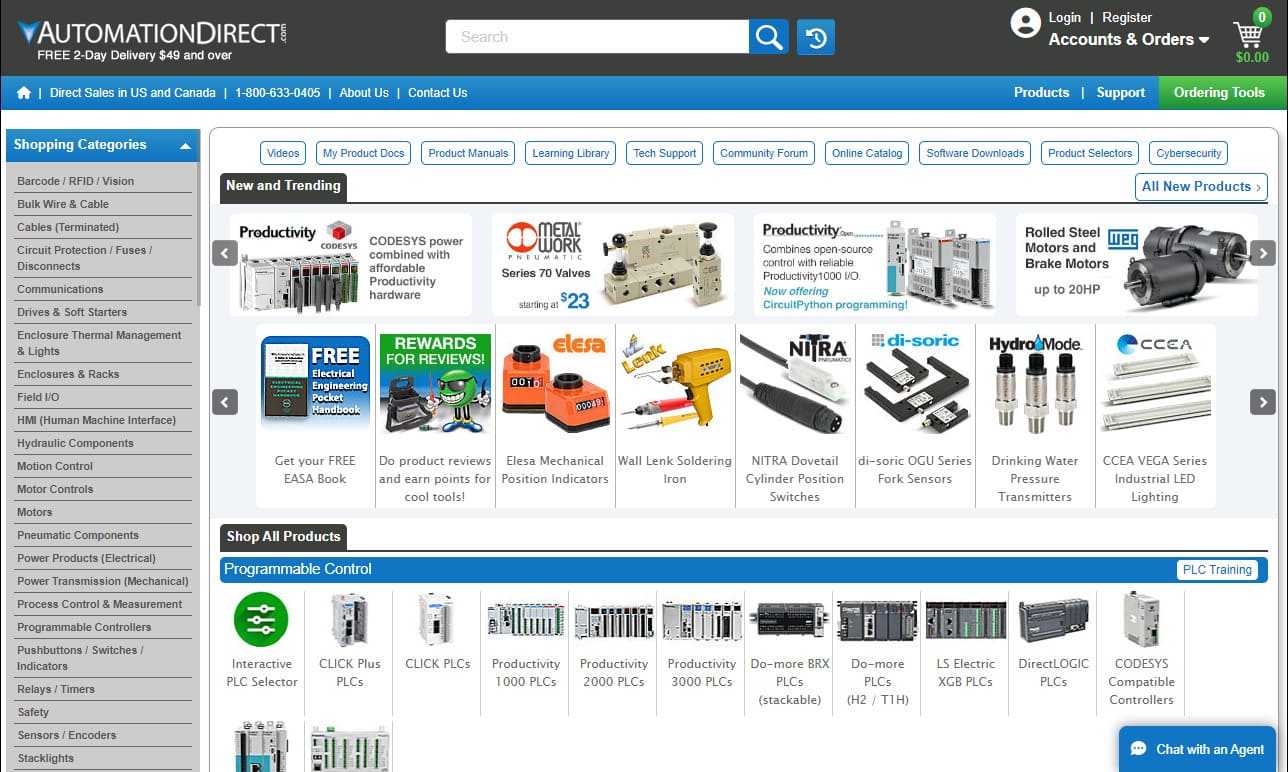



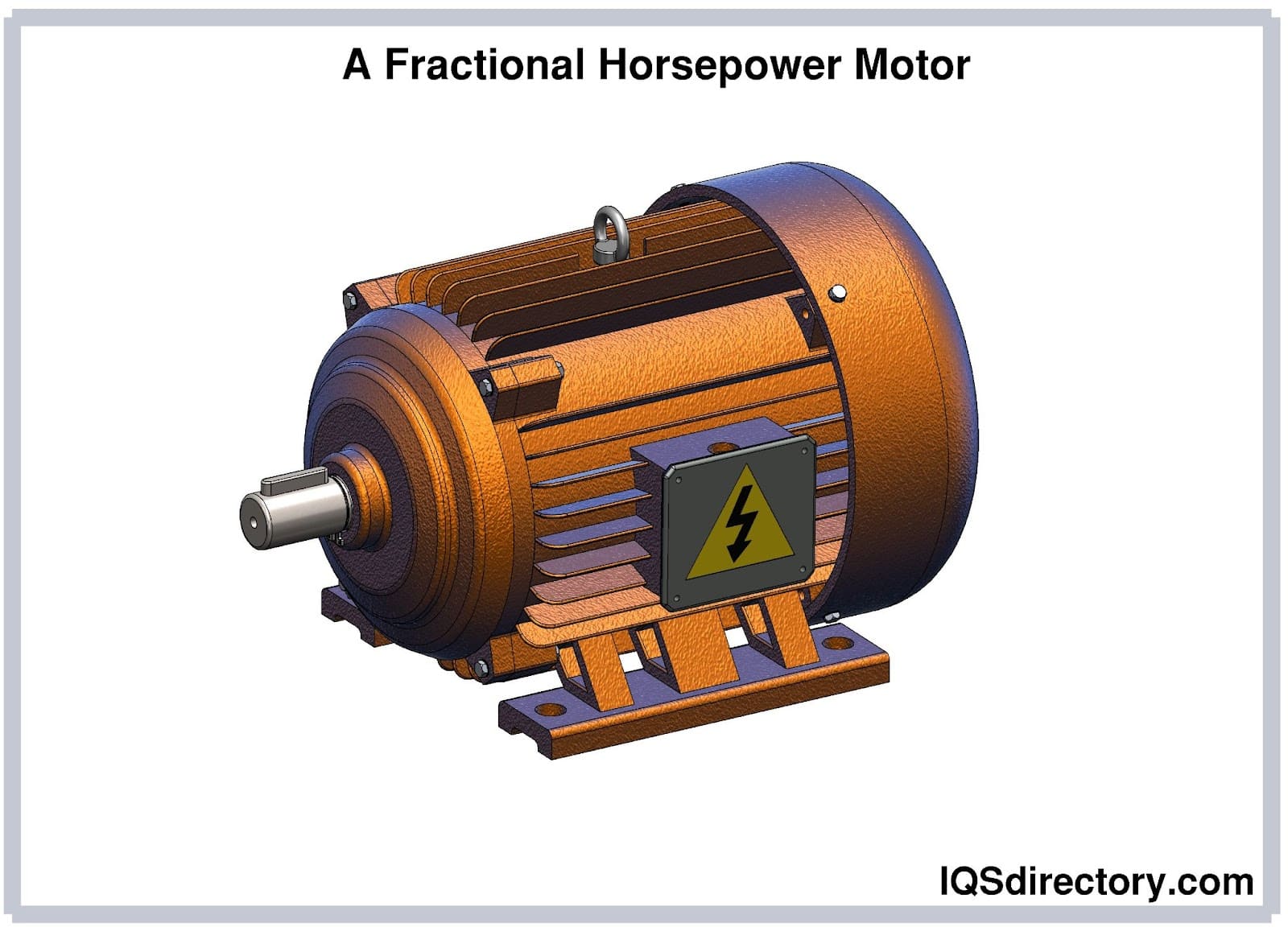
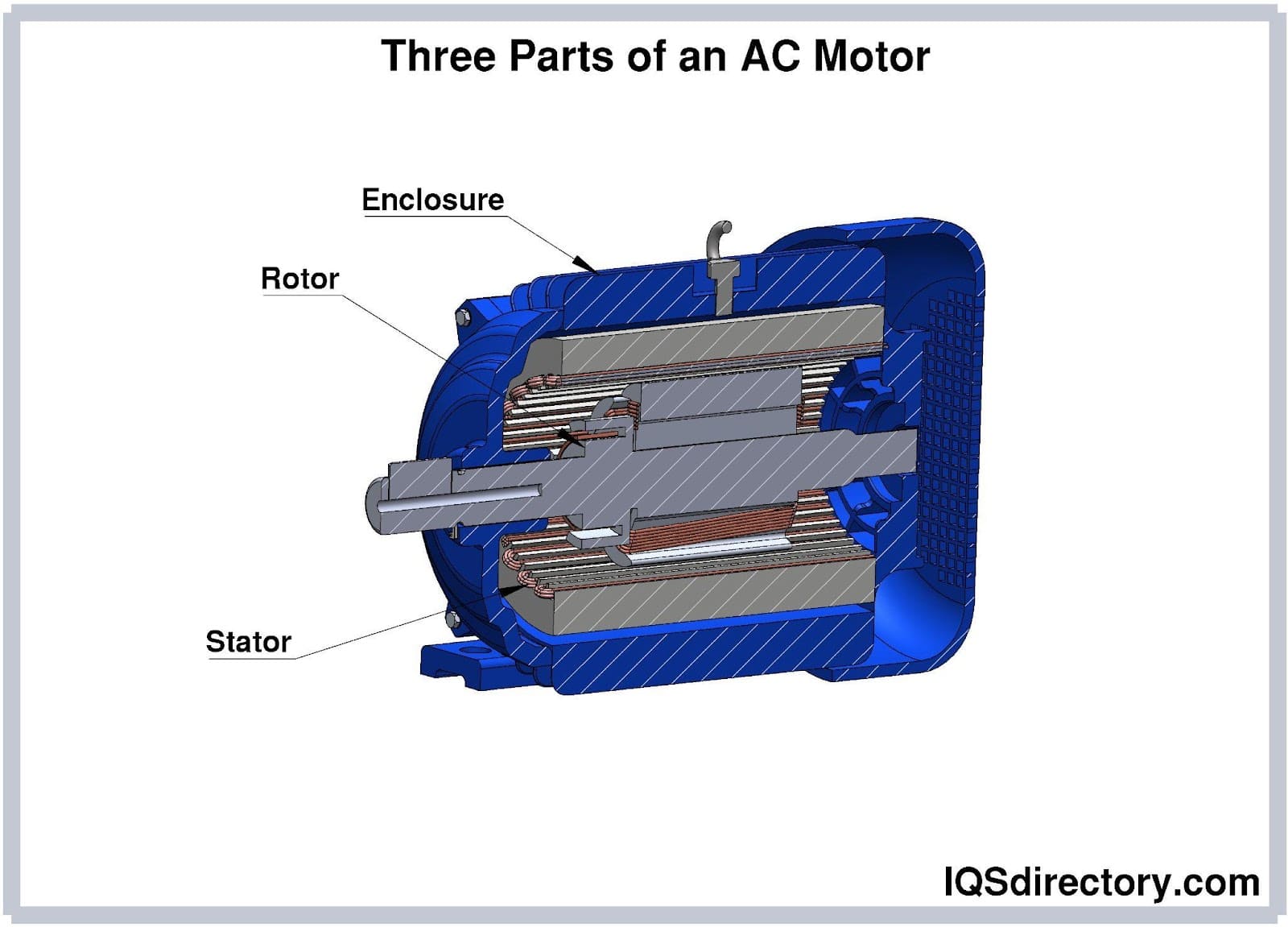
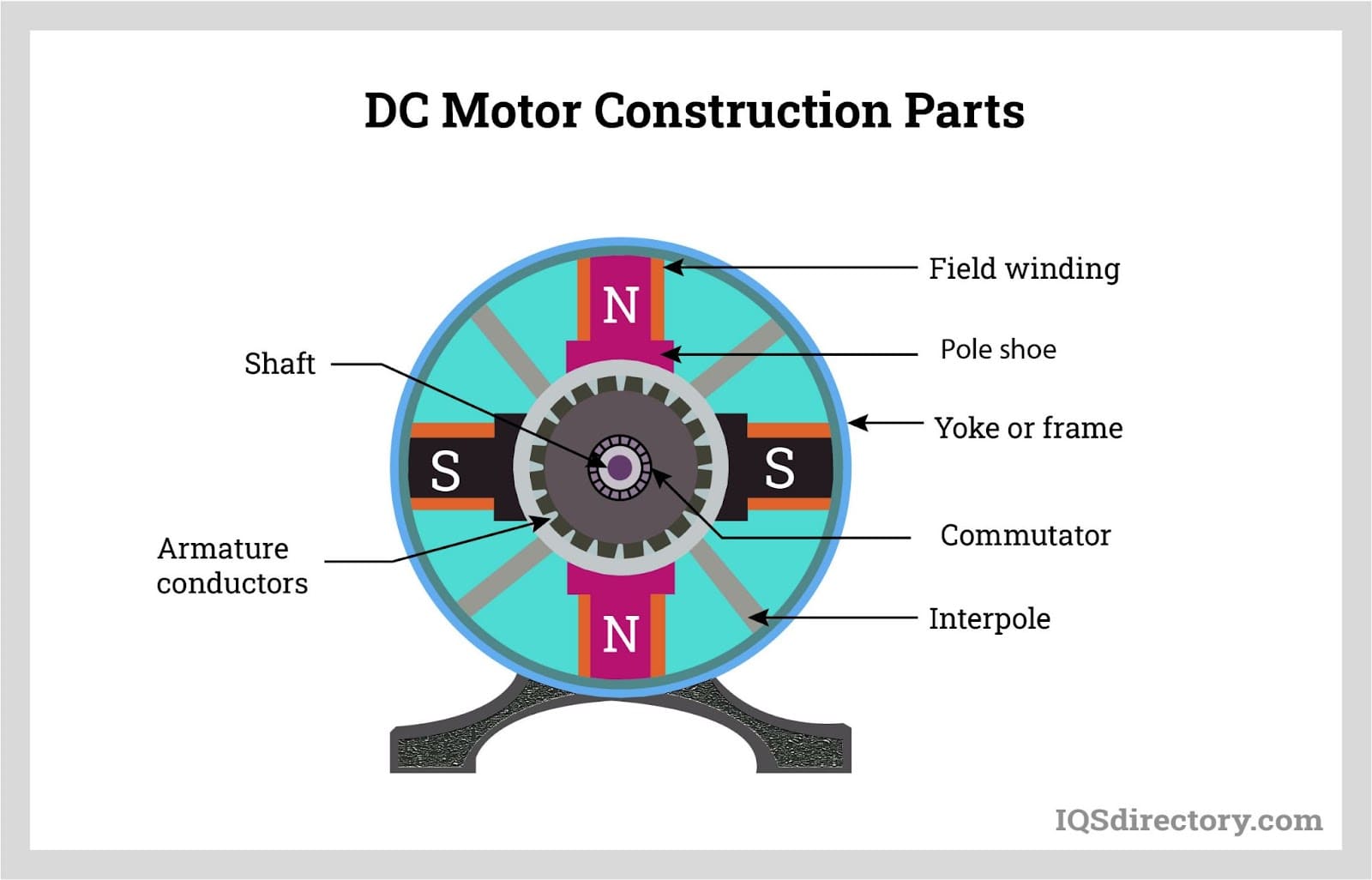

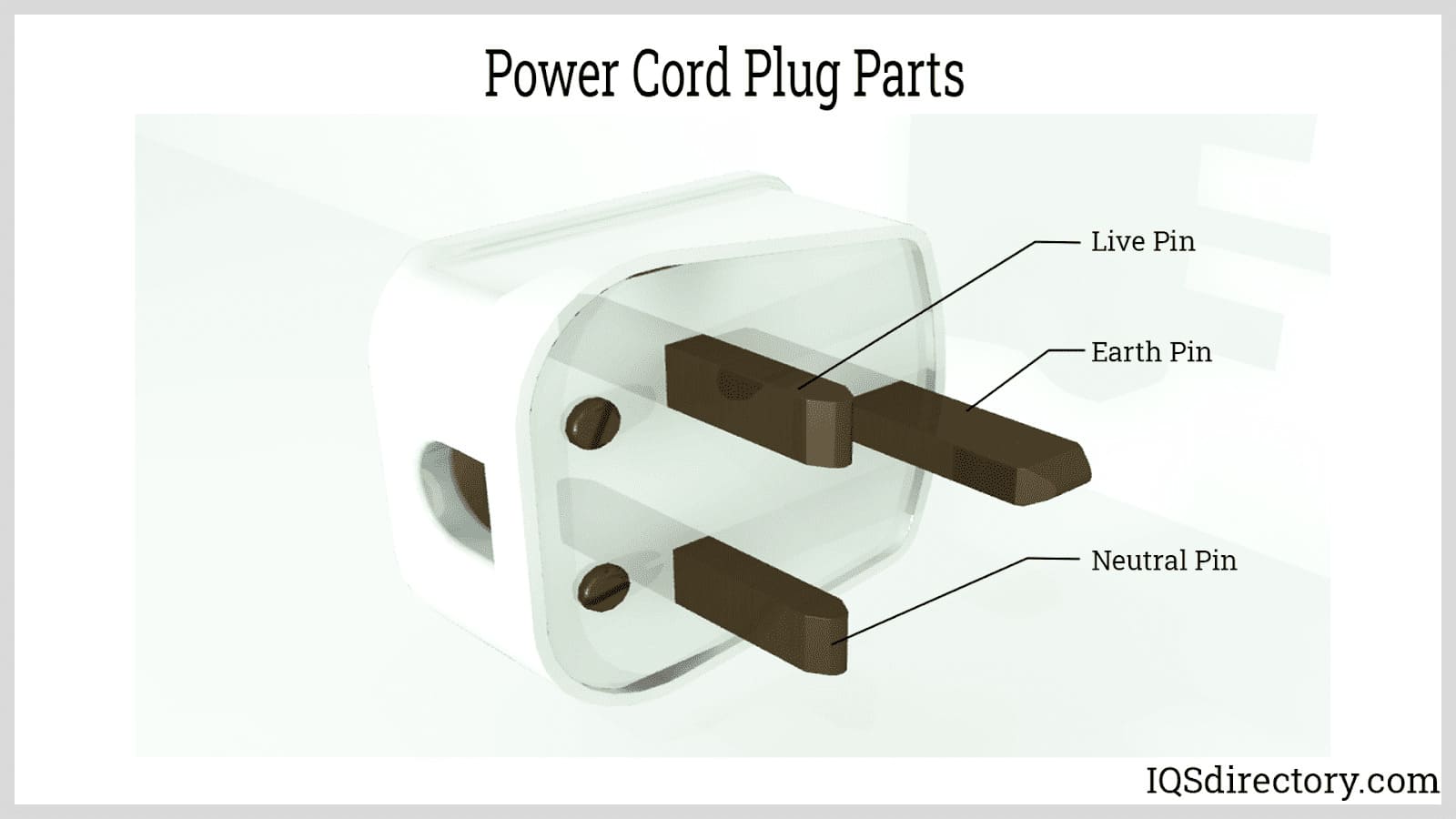
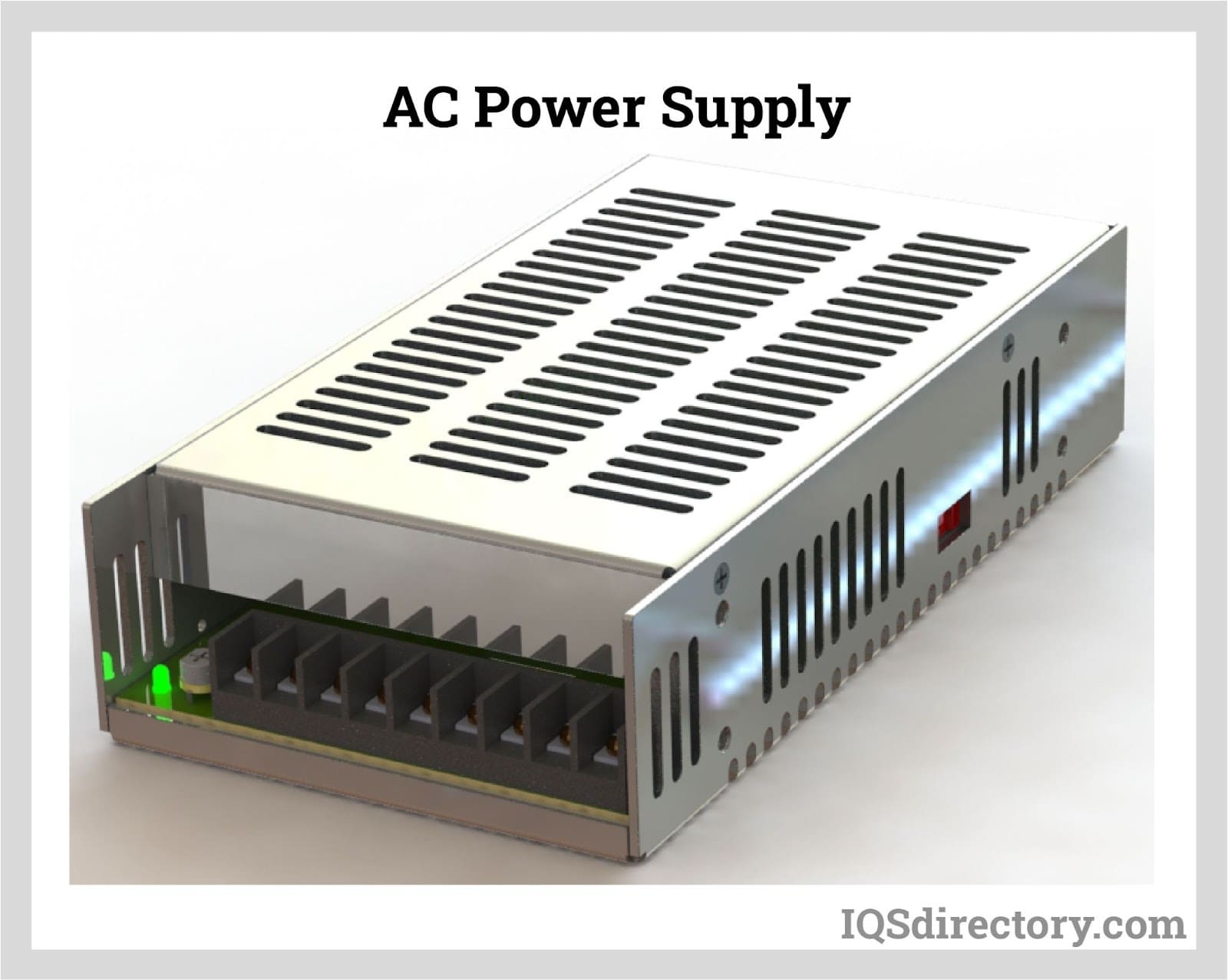
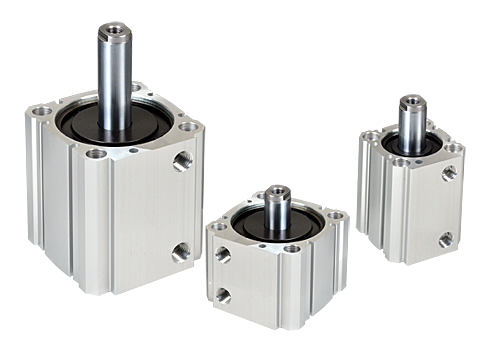 Air Cylinders
Air Cylinders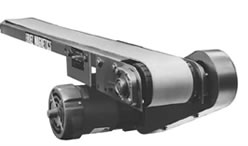 Assembly Machinery
Assembly Machinery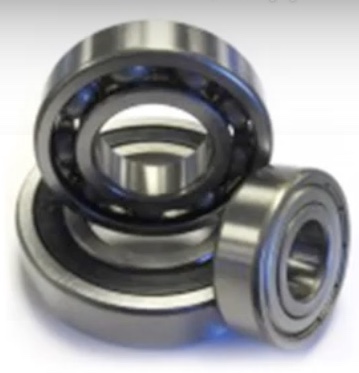 Ball Bearings
Ball Bearings Electric Motors
Electric Motors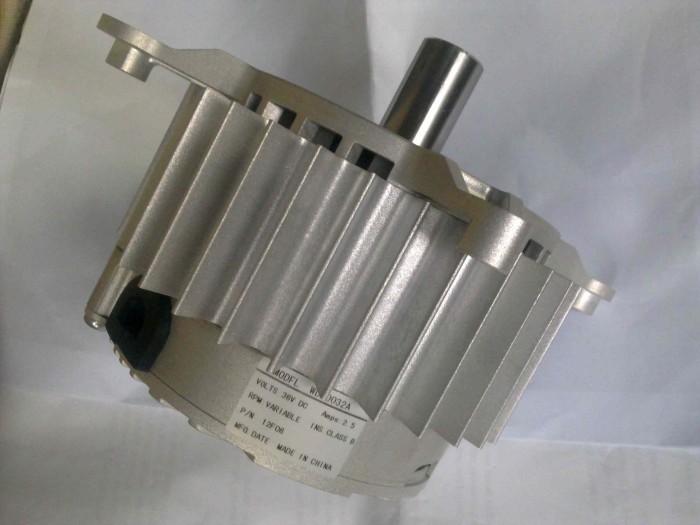 Fractional Horsepower Motors
Fractional Horsepower Motors Friction Materials
Friction Materials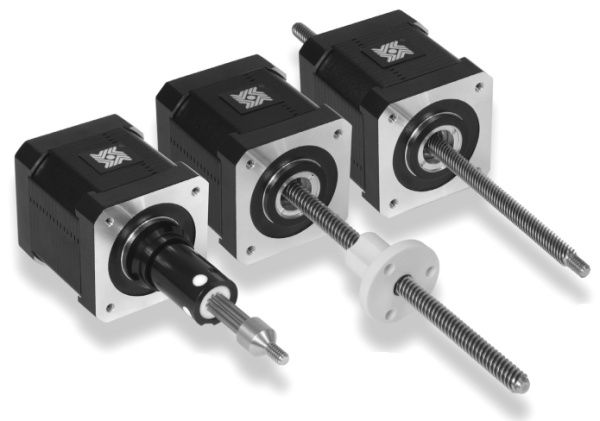 Linear Actuators
Linear Actuators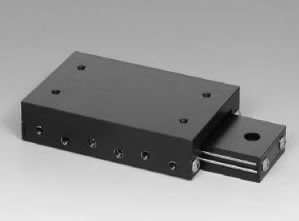 Linear Bearings
Linear Bearings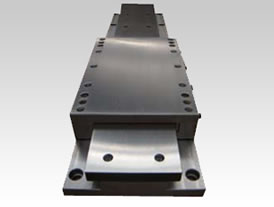 Linear Slides
Linear Slides Castings & Forgings
Castings & Forgings Bulk Material Handling
Bulk Material Handling Electrical & Electronic Components
Electrical & Electronic Components Flow Instrumentation
Flow Instrumentation Hardware
Hardware Material Handling Equipment
Material Handling Equipment Metal Cutting Services
Metal Cutting Services Metal Forming Services
Metal Forming Services Metal Suppliers
Metal Suppliers Motion Control Products
Motion Control Products Plant & Facility Equipment
Plant & Facility Equipment Plant & Facility Supplies
Plant & Facility Supplies Plastic Molding Processes
Plastic Molding Processes Pumps & Valves
Pumps & Valves Recycling Equipment
Recycling Equipment Rubber Products & Services
Rubber Products & Services